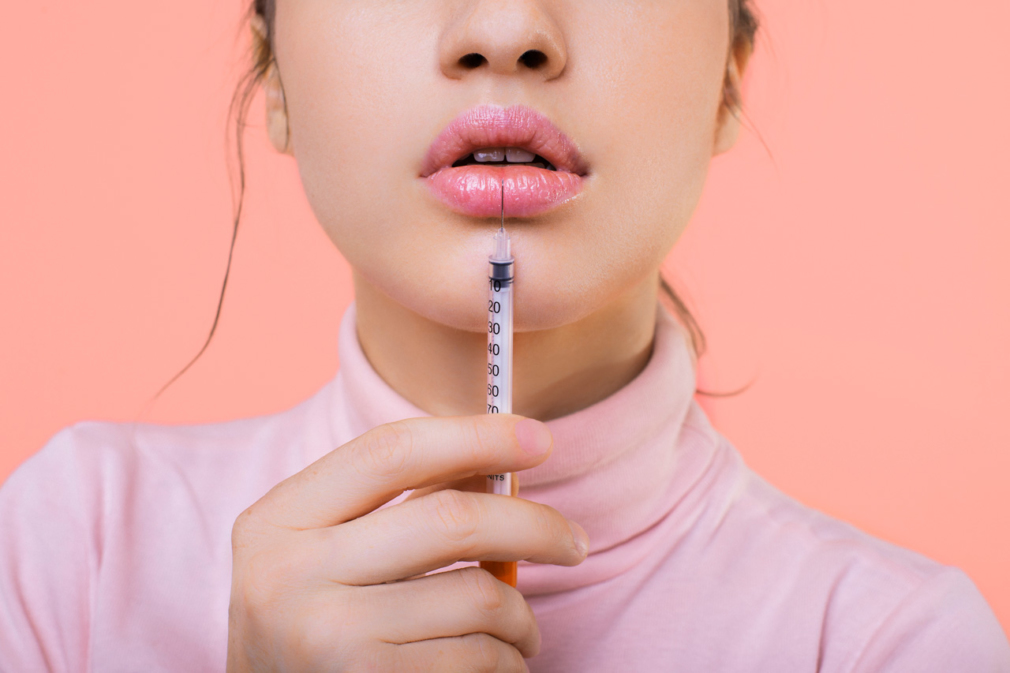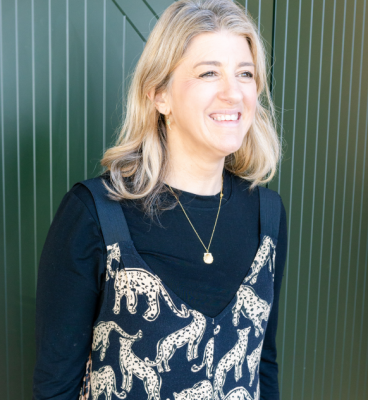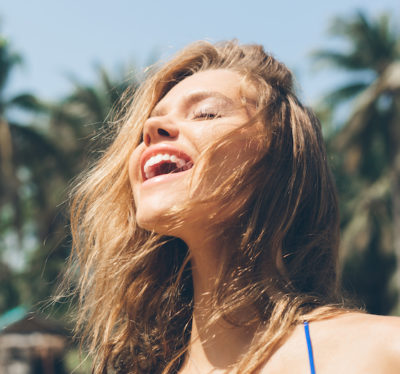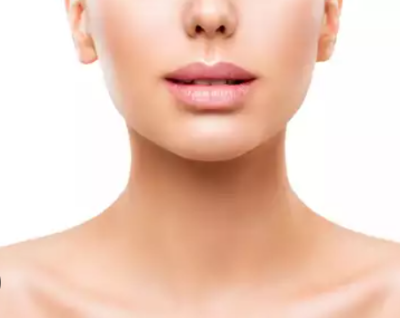Face yoga and facial treatments like Botox offer different approaches to facial rejuvenation, and each has unique benefits and limitations:
1. Nature of the Treatment
- Face Yoga: A natural, non-invasive practice that involves facial exercises to strengthen and tone facial muscles, improve circulation, and promote relaxation.
- Botox: A medical procedure involving the injection of botulinum toxin to temporarily paralyze specific muscles, reducing the appearance of fine lines and wrinkles.
2. How They Work
- Face Yoga: Works by engaging facial muscles, increasing blood flow, and encouraging the natural production of collagen and elastin, which can enhance skin tone and firmness over time.
- Botox: Blocks nerve signals to targeted muscles, preventing them from contracting. This results in smoother skin and a reduction in the appearance of dynamic wrinkles, such as frown lines and crow’s feet.
3. Duration and Longevity of Results
- Face Yoga: Requires consistent, long-term practice to maintain and see noticeable results. Benefits may gradually increase over time with regular practice.
- Botox: Provides quick and visible results, typically seen within a few days and lasting 3-6 months. Repeat treatments are needed to maintain the effects.
4. Cost Considerations
- Face Yoga: Low-cost or free, as it only requires time and dedication. There may be optional expenses for instructional classes or videos.
- Botox: A recurring expense that can be significant, especially if done regularly. Prices vary based on location, practitioner, and the number of units used.
5. Side Effects and Risks
- Face Yoga: Generally considered safe with minimal risk when performed correctly. Incorrect techniques or overuse can potentially strain muscles or exacerbate existing issues.
- Botox: While generally safe when administered by a qualified professional, it can have side effects such as bruising, swelling, temporary drooping of nearby muscles, or headaches. There is also a slight risk of allergic reactions or more severe complications in rare cases.
6. Level of Control
- Face Yoga: Empowers individuals with complete control over their practice, allowing for adjustments as needed and making it a holistic approach involving mindfulness and stress relief.
- Botox: Requires a professional for administration, and outcomes are more predictable and standardized, but the user has less control over the process.
7. Effect on Natural Expressions
- Face Yoga: Preserves natural facial expressions, as it aims to enhance muscle strength without paralyzing any area.
- Botox: Can sometimes limit natural expressions, especially if overdone, leading to a “frozen” look. However, when used in moderation, this effect can be minimized.
8. Cumulative Benefits
- Face Yoga: Cumulative benefits increase over time, as muscle strength and skin tone improve with continued practice.
- Botox: Benefits are temporary, and repeated treatments are necessary to maintain results.
Which One is Better?
- Face yoga might be ideal for those looking for a holistic, non-invasive approach to maintaining or improving facial appearance and overall well-being.
- Botox may be more suited for those seeking quick, significant results with minimal effort but are comfortable with the temporary nature and costs associated with it.








